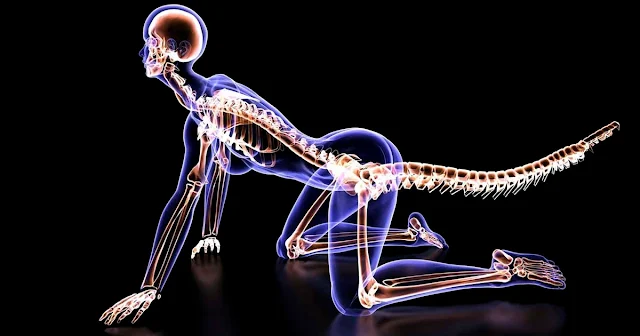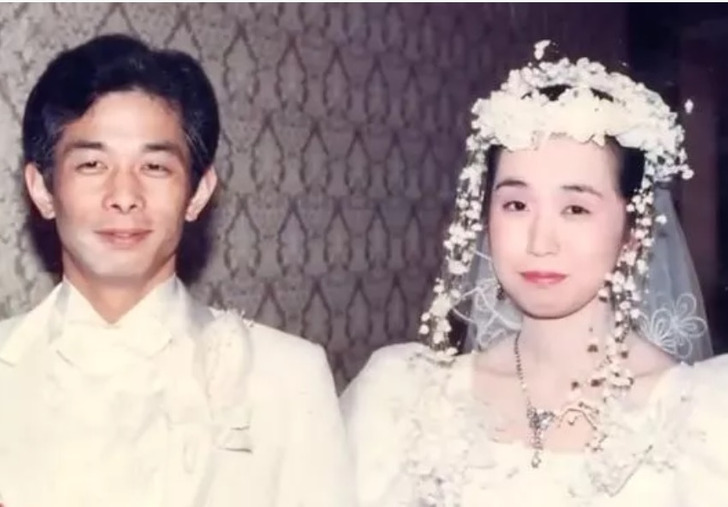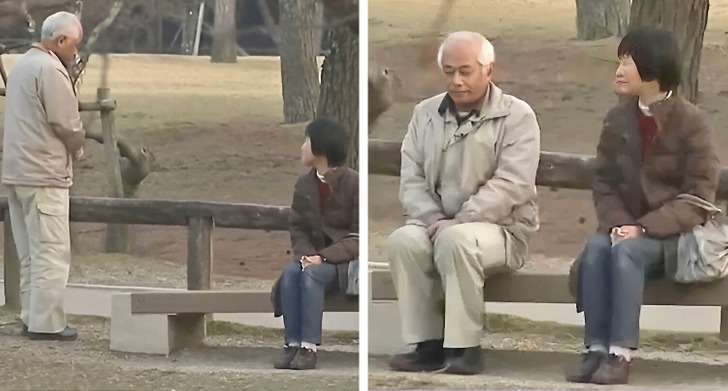One of the most remarkable changes in human evolution is the loss of our tails, a transformation that occurred around 25 million years ago. This pivotal shift not only altered the trajectory of our species but also marked a significant moment in the evolutionary history of primates. While scientists have long speculated on why humans lost their tails, the genetic cause has remained elusive—until now. A recent study published in Nature has finally uncovered the genetic factors responsible for this evolutionary change.

The Quest to Understand Tail Loss
The journey to unravel the mystery of human tail loss began in an unexpected way. Bo Xia, a graduate student at New York University, was inspired to investigate the origins of the human tailbone after injuring his own coccyx. This personal curiosity led Xia and his team to embark on a groundbreaking scientific investigation.
Through careful research, the team focused on the TBXT gene, which plays a crucial role in regulating tail length in various species. Their research revealed a unique genetic mutation within this gene, providing a major breakthrough in understanding human evolution.
The Role of Jumping Genes
A key aspect of this discovery lies in the role of Alu elements, often called “jumping genes.” These genetic elements, specific to primates, can move within the genome and cause significant changes. The researchers found that Alu elements inserted themselves into the TBXT gene, triggering a chain reaction that led to the loss of our tails.
This insertion activated a process known as alternative splicing, where RNA molecules are cut and restructured, which ultimately led to the deletion of a crucial exon. This change altered the structure and function of the resulting protein, leading to the tail loss seen in humans.
Validation Through Mice Studies
To confirm their findings, the researchers engineered laboratory mice with the same genetic mutations found in humans and apes. These genetically altered mice lost their tails, providing compelling evidence that the identified mutation plays a crucial role in the absence of tails in humans and other primates.
However, the study also uncovered a downside to tail loss: an increased risk of neural tube defects, such as spina bifida. This finding highlights the complex balance between evolutionary benefits and potential genetic trade-offs.
The Broader Implications
This discovery has profound implications not just for understanding human evolution, but also for human anatomy and health. The loss of our tails was not a random event but a genetic adaptation with lasting consequences. It illustrates the complex relationship between genetic changes and the way they shape our physiology over time.
As we continue to study our evolutionary past, these findings remind us of the intricate process of natural selection and genetic innovation that has shaped humanity. This breakthrough also underscores the power of scientific inquiry in uncovering the mysteries of our origins, offering insight into the past that can help us understand our future.
The identification of the genetic reasons behind tail loss is a testament to the persistence of scientific exploration and the ongoing quest for knowledge about our evolutionary journey.
Japanese Couple Didn’t Speak to Each Other for 20 Years, and the Reason Is Astonishing
The topic of what constitutes a lasting and prosperous marriage has been a subject of ongoing discussion. While effective communication is often considered a crucial factor, a Japanese couple defied expectations by maintaining a 20-year marriage without saying a word. The surprising rationale behind their silent union adds an intriguing twist to their story.
A Japanese husband took the “silent treatment” to a whole new level.

The silent treatment entails the refusal to participate in verbal communication when someone is trying to engage and elicit a response. It is not unusual to observe a pause in communication following an argument.
However, can you imagine the difficulty of being married to a spouse who persistently avoids communication? This was the situation for a couple from the Nara region in Japan. Otou Katayama and his wife Yumi faced a prolonged two-decade rough patch in their relationship.
For decades, the man refrained from speaking to his wife, even though they lived under the same roof.

Otou Katayama continued to reside with his children and wife. Despite Yumi Katayama’s attempts to initiate conversations with her husband, she consistently faced a dearth of genuine responses. Instead, Otou communicated approval or disapproval through non-verbal cues, relying on grunts and nods.
Surprisingly, the idea of seeking a divorce or separation never crossed the wife’s mind. The couple even extended their family by welcoming a third child, all while Otou Katayama maintained his silent demeanor towards his wife.
The reason behind Katayama’s silence is even more surprising.

Years later, the father and husband elucidated the reasons behind imposing a 20-year silent treatment on his wife. Katayama believed he was lacking the attention he desired from his wife, feeling that her care was predominantly focused on their children.
Initially, he merely sulked about the situation, but over time, this evolved into a sense of jealousy toward his kids and his wife, who exhibited deep involvement in the upbringing of their offspring—perhaps a level of involvement that exceeded Katayama’s preferences.
Thanks to a TV show, husband and wife finally exchanged words after 20 years.

After two decades of silence, the adult children of the Japanese couple decided to take matters into their own hands. They approached a TV show, seeking assistance in resolving the longstanding conflict between their parents. TV Hokkaido stepped in to help the children witness Katayama speaking to his wife for the first time.
The children confessed that they couldn’t recall ever hearing a conversation between their parents. TV Hokkaido orchestrated a meeting between Otou and Yumi at a park, the same location as their first date many years ago. Unbeknownst to the spouses, their children, along with the audience, observed the emotional moment unfolding before their eyes.
After some initial hesitation, Otou Katayama finally mustered the courage to speak a few words to his wife, Yumi. In that moment, the husband felt a heightened sense of remorse and understanding regarding the situation. Katayama conveyed to his wife that he was aware of the pain and hardship his prolonged silence had caused her. Despite his regret, he also expressed gratitude to Yumi for standing by him throughout two decades of his silent period, which ultimately came to an end on that day.
Undoubtedly, the relationship between Otou and Yumi is distinctive, much like that of the couple from our previous article who, despite the woman’s disability and the criticism they faced, embarked on the journey of starting a family and became parents.



Leave a Reply